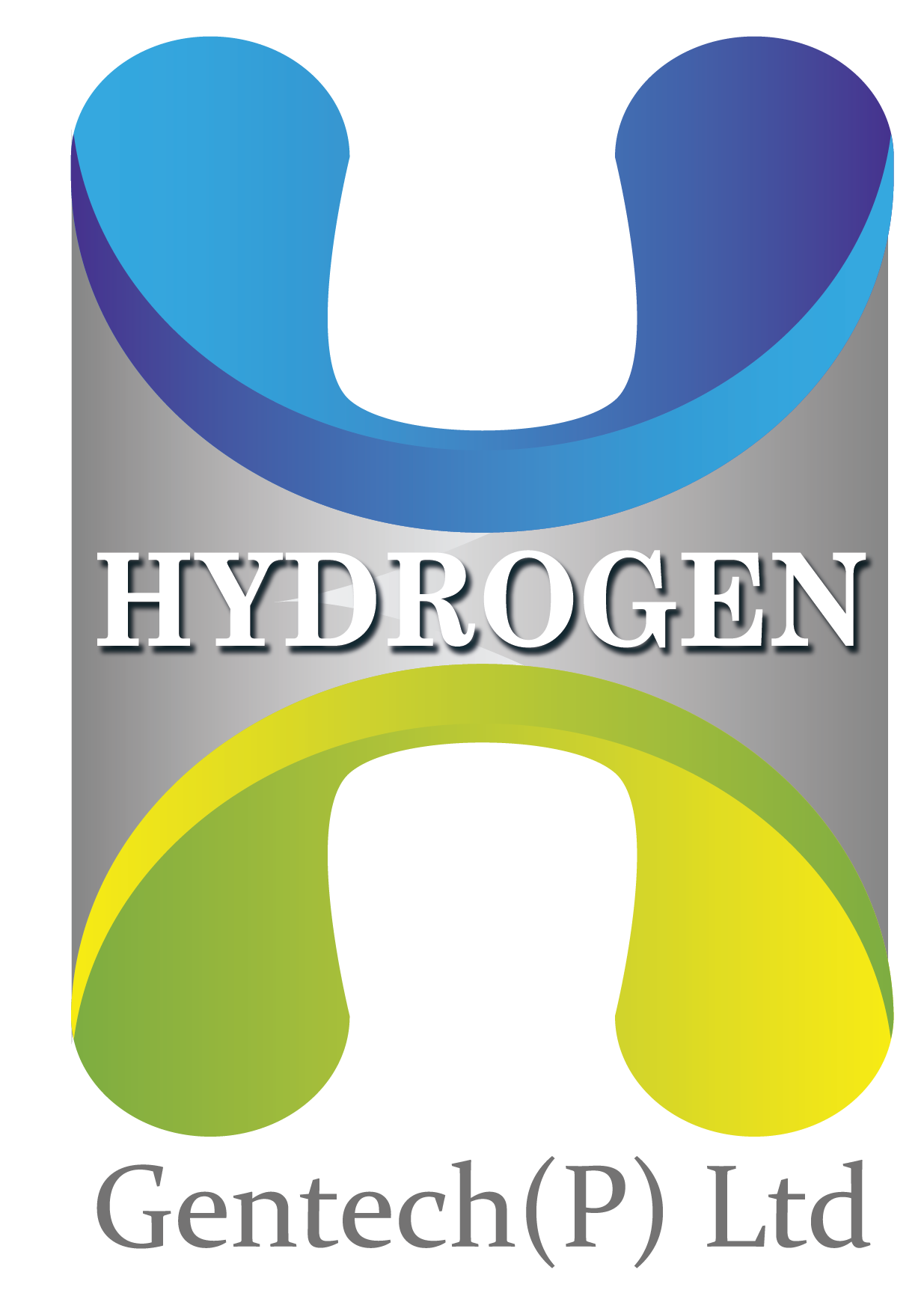
India is on the cusp of a green revolution, and one area that holds great promise is the development of a robust green hydrogen ecosystem. The government is considering introducing mandates for green hydrogen consumption in sectors such as fertilizers and refining, which could accelerate investments and drive early adoption. While green hydrogen is currently more expensive than grey hydrogen, the shift to green hydrogen could significantly reduce carbon emissions and lead to a more sustainable future.
The Potential of Green Hydrogen
Green hydrogen, produced through the electrolysis of water using renewable energy sources, has gained significant attention as a clean and sustainable alternative to grey hydrogen. Grey hydrogen is produced from fossil fuels, contributing to greenhouse gas emissions and climate change. By transitioning to green hydrogen, India can reduce its reliance on fossil fuels and make substantial progress towards its climate goals.
Compulsory Green Hydrogen Consumption Obligations
To encourage the adoption of green hydrogen, the government is considering introducing compulsory green hydrogen consumption obligations (GHCO) for sectors that are already producing and consuming hydrogen. These obligations would initially target hard-to-abate sectors such as fertilizers and refining, with plans to expand to other industries in the coming years. The introduction of GHCO, in addition to existing fiscal incentives, would create a strong market demand for green hydrogen and drive investments in the entire value chain.
Overcoming Cost Challenges
While the cost of green hydrogen is currently higher than grey hydrogen, experts predict that it will become more competitive post-2030. The initial higher cost is attributed to the nascent stage of green hydrogen production and the scale of renewable energy infrastructure required. However, as technology advances and economies of scale are achieved, the cost of green hydrogen is expected to decrease, making it a more viable option for industries.
Green Hydrogen Mandate in Hard-to-Abate Sectors
The National Green Hydrogen Mission (NGHM) aims to create a roadmap for the adoption and deployment of green hydrogen across various sectors. While the final version of NGHM does not specify consumption obligations for each sector, it emphasizes the need to create bulk demand and scale up green hydrogen production. To achieve this, the government will specify a minimum share of green hydrogen consumption for consumers as an energy feedstock.
Fertilizer and Refining Sectors Leading the Way
The fertilizer and refining sectors are among the largest consumers of hydrogen in India. While they currently rely on grey hydrogen, the introduction of a green hydrogen mandate could significantly reduce their carbon footprint. Pilot projects are already underway to explore the feasibility of using green hydrogen or its derivatives like green ammonia or methanol in these sectors. These projects will help identify operational challenges, technology readiness, and infrastructure requirements, paving the way for future commercial deployment.
Steel, Mobility, Energy Storage, and Shipping Sectors
Apart from fertilizers and refining, other sectors such as steel, long-range heavy-duty mobility, energy storage, and shipping also have the potential to benefit from green hydrogen adoption. NGHM proposes pilot projects in these sectors to assess the feasibility of replacing fossil fuels with green hydrogen or its derivatives. These projects will provide valuable insights into technology, regulations, and supply chain requirements, enabling a smooth transition to a greener future.
Government Initiatives and Standards
The Indian government has taken significant steps to support the development of a green hydrogen ecosystem. In August this year, it notified the green hydrogen standard, which defines emission norms for hydrogen to be termed green. The standards ensure that the emissions associated with the entire hydrogen production process, from well-to-gate, stay below two kg of CO2 equivalent per kg of hydrogen produced as a 12-month average.
Accreditation and Certification
To ensure compliance with the green hydrogen standard, the Bureau of Energy Efficiency (BEE) will accredit agencies for monitoring, verification, and certification of green hydrogen production projects. This accreditation will provide transparency and credibility to the green hydrogen ecosystem, boosting investor confidence and encouraging further investments.
Corporate Investments in Green Hydrogen
Leading corporations in India, including Reliance, have already made significant investments in the green hydrogen space. While progress has been relatively slow, experts believe that green hydrogen will be an emerging area for investment. As more companies recognize the environmental and economic benefits of green hydrogen, we can expect to see an increase in investments and collaborations in this sector.
Conclusion
India has a unique opportunity to lead the way in the global shift towards a green hydrogen economy. By introducing compulsory green hydrogen consumption obligations and supporting pilot projects in various sectors, the government can accelerate investments and drive early adoption. While cost challenges remain, advancements in technology and economies of scale are expected to make green hydrogen a competitive and sustainable alternative to grey hydrogen. With the right policies and incentives, India can unlock the full potential of green hydrogen and pave the way for a greener and more sustainable future.
Additional Information: Green Hydrogen is a versatile energy carrier that can be used in various sectors, including power generation, transportation, and industrial applications. Its production does not emit greenhouse gases, making it a key solution for decarbonizing the economy. Green Hydrogen can be produced through various methods, including water electrolysis using renewable energy sources such as solar and wind power.

